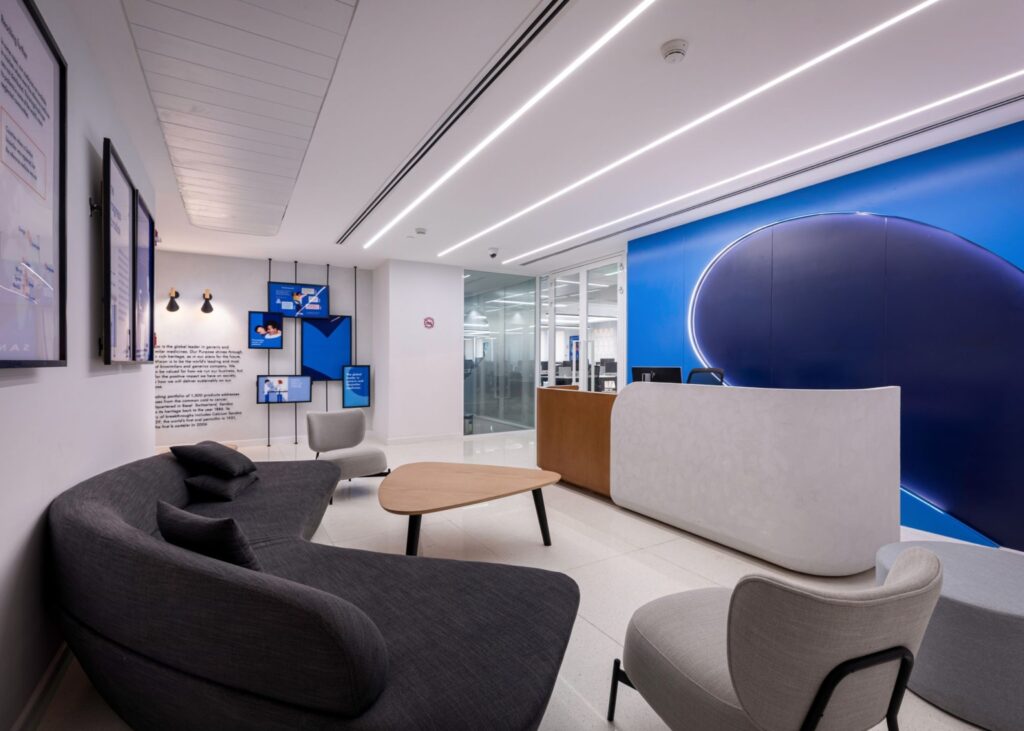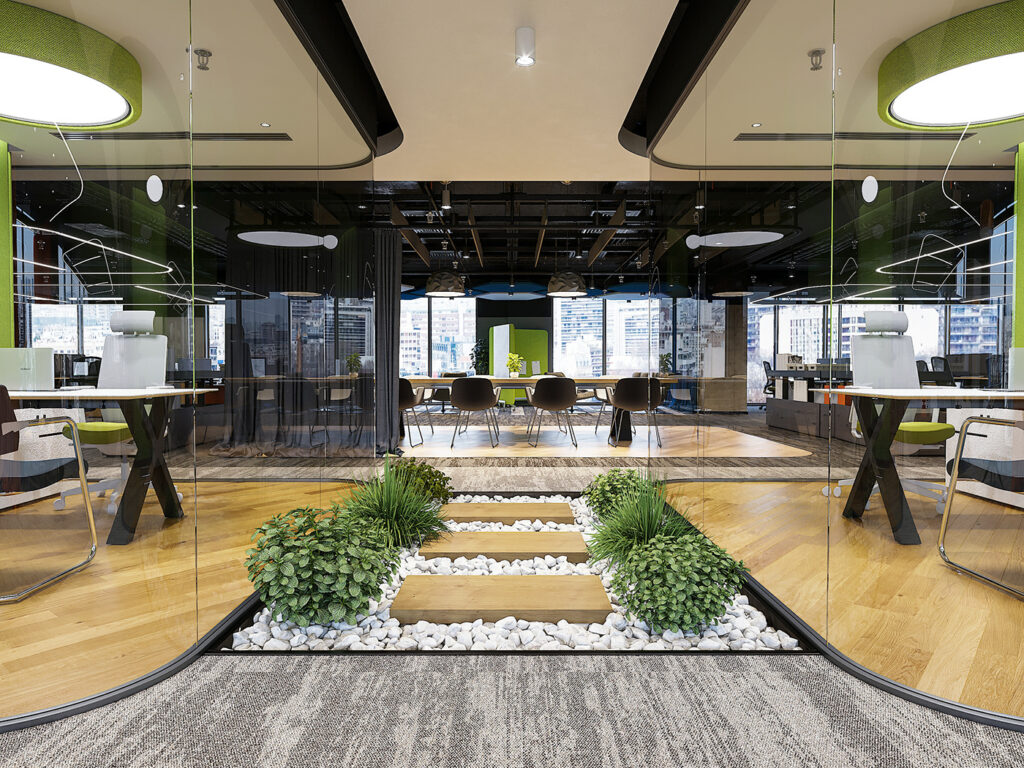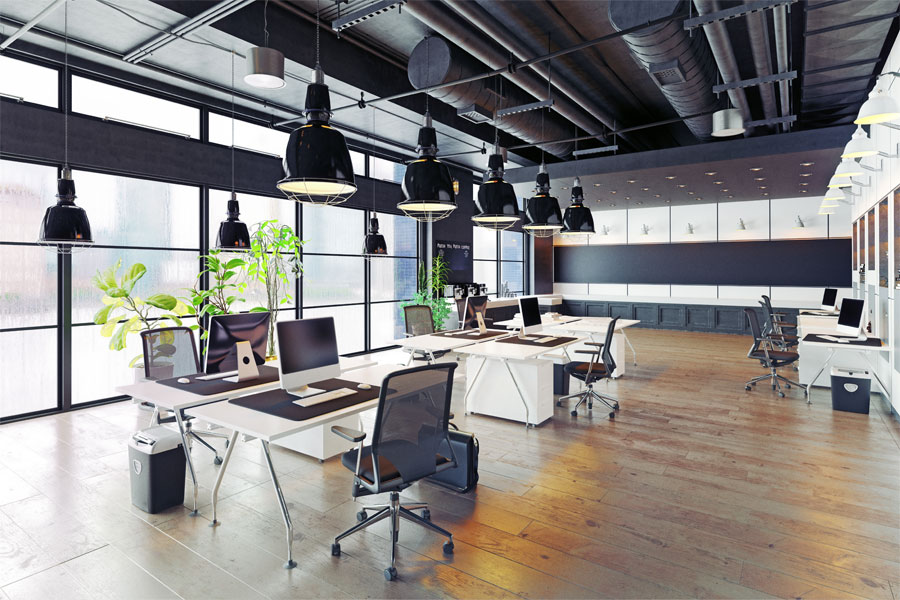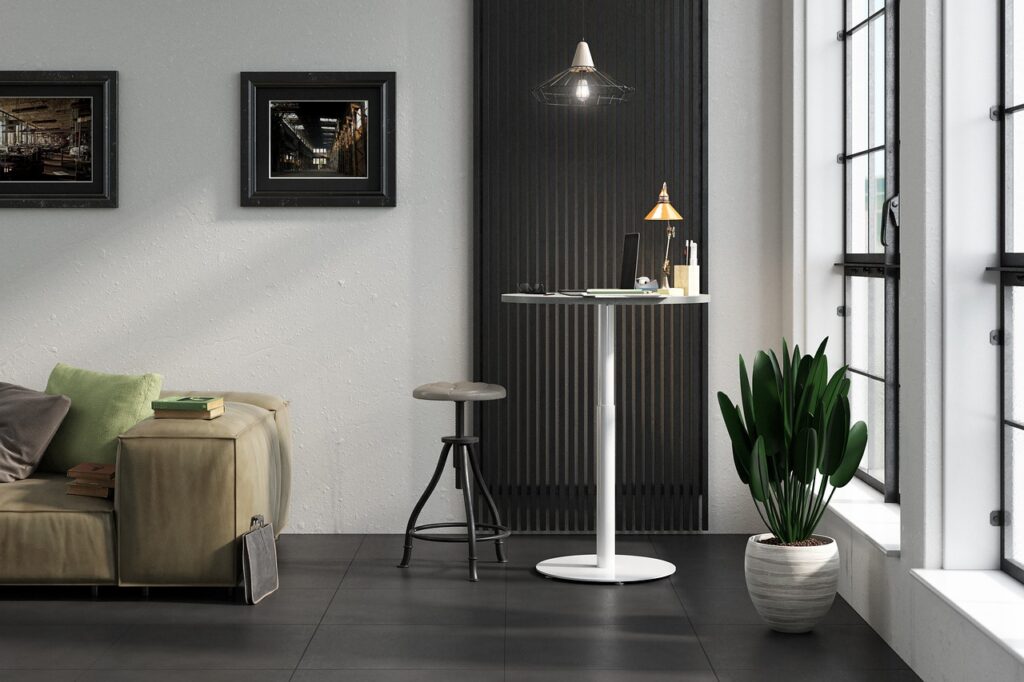In the world of open-plan offices and collaborative layouts, sound is often the invisible enemy. While the sleek, minimalist design of modern offices may look stunning, poor acoustics can wreak havoc on employee concentration, communication, and overall morale.
In this blog, we break down how poor sound control affects productivity and what practical steps you can take to create noise-free, high-performance workspaces.
1. Why Acoustics Matter in the Modern Office
Modern workspaces prioritize openness and collaboration. But without proper acoustic planning, the buzz of conversation, typing, phone calls, and office equipment can become overwhelming. Excess noise leads to:
- Decreased concentration and higher error rates
- Elevated stress levels
- Reduced employee satisfaction
Studies have shown that workplace noise can reduce productivity by as much as 66%. That’s a silent threat companies can’t afford to ignore.
2. Common Acoustic Problems in Offices
Understanding what causes poor acoustics is the first step in fixing it. Here are common culprits:
- Hard surfaces like glass walls and concrete floors reflect sound
- Open layouts lack sound barriers
- Shared workspaces lead to higher cross-talk and overlapping noise
- Lack of soft furnishings means no material to absorb sound
Addressing these elements during the design phase can make a dramatic difference.
3. Smart Acoustic Solutions
Let’s explore design-forward yet functional strategies to reduce office noise:
a. Acoustic Panels
Install wall and ceiling panels made from sound-absorbing materials. These come in various designs and colors, blending style with function.
b. Carpeting and Rugs
Soft flooring options absorb footsteps and reduce reverberation.
c. Sound-Masking Systems
These systems emit ambient background noise to reduce the impact of conversations and keyboard noise.
d. Frosted or Modular Partitions
Glass or modular dividers help separate zones while maintaining visual openness. Frosted glass partitions also offer privacy.
e. Acoustic Pods or Phone Booths
Enclosed pods are perfect for focused work or calls, shielding users from surrounding distractions.
4. Zoning for Acoustic Performance
Design your space in zones to isolate different sound levels:
- Quiet zones for deep work
- Collaboration zones for team huddles
- Relaxation zones with ambient soundscapes
Strategic placement of meeting rooms, break areas, and desk clusters can significantly reduce cross-noise.
5. Material Selection Matters
From wall treatments to ceilings, choosing the right materials can elevate acoustic performance:
- Acoustic ceiling tiles: Reduce echo and absorb overhead noise
- Upholstered furniture: Soft seating acts as natural sound absorbers
- Bookshelves or green walls: Help block and diffuse sound while adding aesthetics
Final Thoughts
Acoustics often go unnoticed—until they become a problem. In 2025, noise control is a core part of workplace wellness and productivity. Companies must go beyond aesthetics to ensure a comfortable and acoustically balanced environment.
When thoughtfully designed, a quiet office isn’t just pleasant—it’s a powerhouse for focused, engaged, and happy employees.
Internal Linking Suggestions:
Ready to design a workspace that sounds as good as it looks? Partner with AirBrick Infra to build acoustically intelligent offices that amplify productivity.





